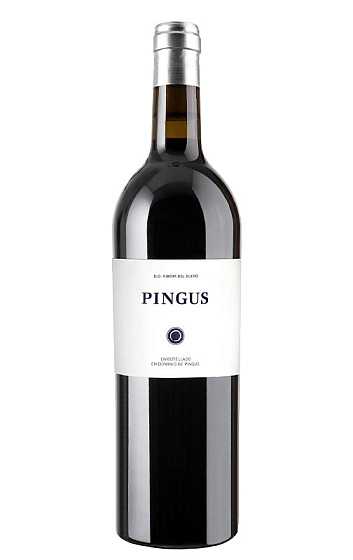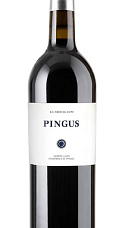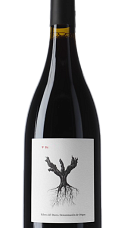Pingus 2012
Description
Un des meilleurs vins du monde dans l'un de ses millésimes les plus célèbres. Pingus est un délice qui a reçu les éloges des meilleurs critiques nationaux et internationaux. Ce vin fait référence au surnom d'enfance de son créateur, le Danois Peter Sisseck. Chaque bouteille de cette merveille nous offre un petit bout du cœur de la Ribera del Duero. Le monde s'arrête à chaque gorgée
Fiche technique
Dégustation
Vignoble et élaboration
L'avis des experts
finally tasted the 2012 Pingus in bottle, a wine I sampled last year before bottling, and even if it was the final blend, all of a sudden proprietor Peter Sisseck decided to delay the bottling. He cannot really explain the reason why; it was really a hunch, something he felt and he thinks the decision was right. The good news is that the wine delivers all that it promised before bottling. There are plenty of floral notes, violets, even lilies; it's extremely aromatic, subtle and precise with just some Indian spices in the background to give it an exotic character. With time in the glass, there are some earthy, mineral (even diesel-like?) aromas. It has a rare combination of power and finesse, concentrated but delicate, with buttery, ultra-refined tannins, great balance, acidity, length and a silky texture, not easy to find in Ribera del Duero. This could very well be the best Pingus ever, in the style of 1996, a year of elegance and good acidity, more Burgundian/Atlantic (Peter Sisseck does not agree with the term Burgundian applied to Ribera del Duero) than the average. This wine has the conjunction of their knowledge and the improvements in the vineyards. This is stunning, simply perfect. It has all the components to age for 20+ years. 6,000 bottles were finally filled the first week of September 2014. As I explained last time, 2012 represents a big change in Pingus with 0% new oak used for its upbringing.
A superb wine with blueberry, blackberry and violet aromas with hints of minerals. Full-bodied, powerful and structured. Extreme length that lasts for minutes on the palate. Incredible texture and brilliance. Perfect structure.
Floral nuances, candied violets and hibiscus, sweet hints of oriental spice, fine old wood spice, blackberries, hints of blueberries, dark minerality. Complex, full-bodied, pronounced in fruit texture, ripe tannins, carried by a fresh acidity, salty nuances in the finish, convincing length, cool, ripe fruit in the finish.














Millésimes: 2022 2021 2020 2012
Nos membres n’ont pas encore laissé de commentaires pour ce millésime. Cliquez sur les millésimes précédents pour accéder aux commentaires.
Nos membres n’ont pas encore laissé de commentaires pour ce millésime. Cliquez sur les millésimes précédents pour accéder aux commentaires.
Nos membres n’ont pas encore laissé de commentaires pour ce millésime. Cliquez sur les millésimes précédents pour accéder aux commentaires.
Nos membres n’ont pas encore laissé de commentaires pour ce millésime. Cliquez sur les millésimes précédents pour accéder aux commentaires.